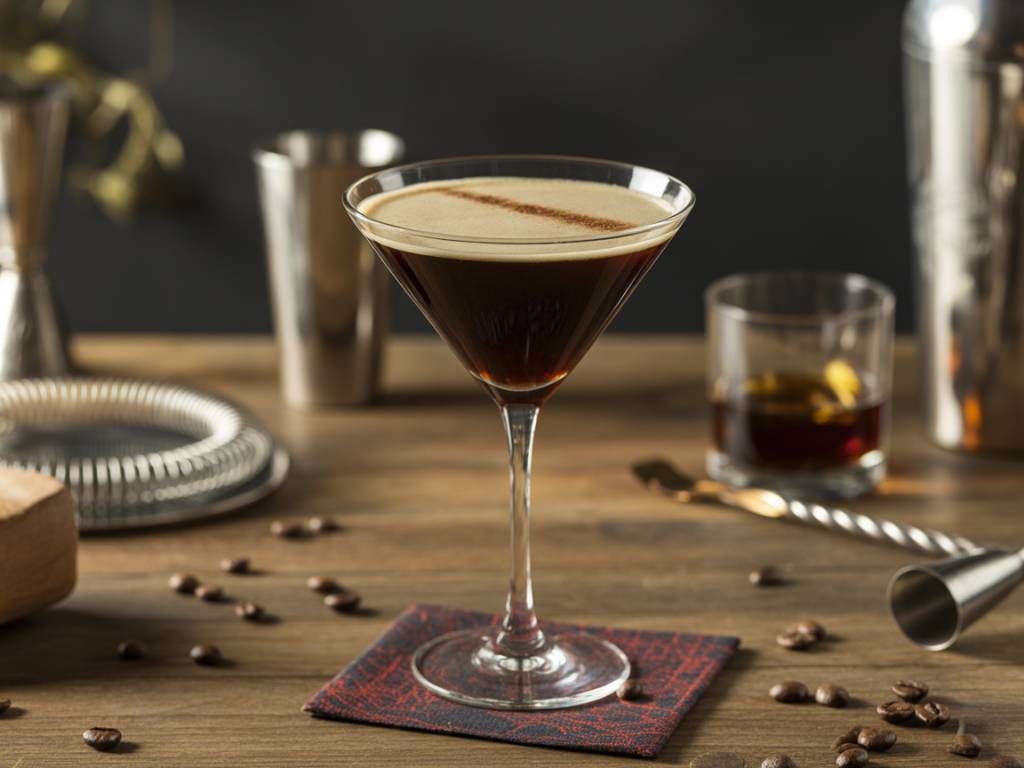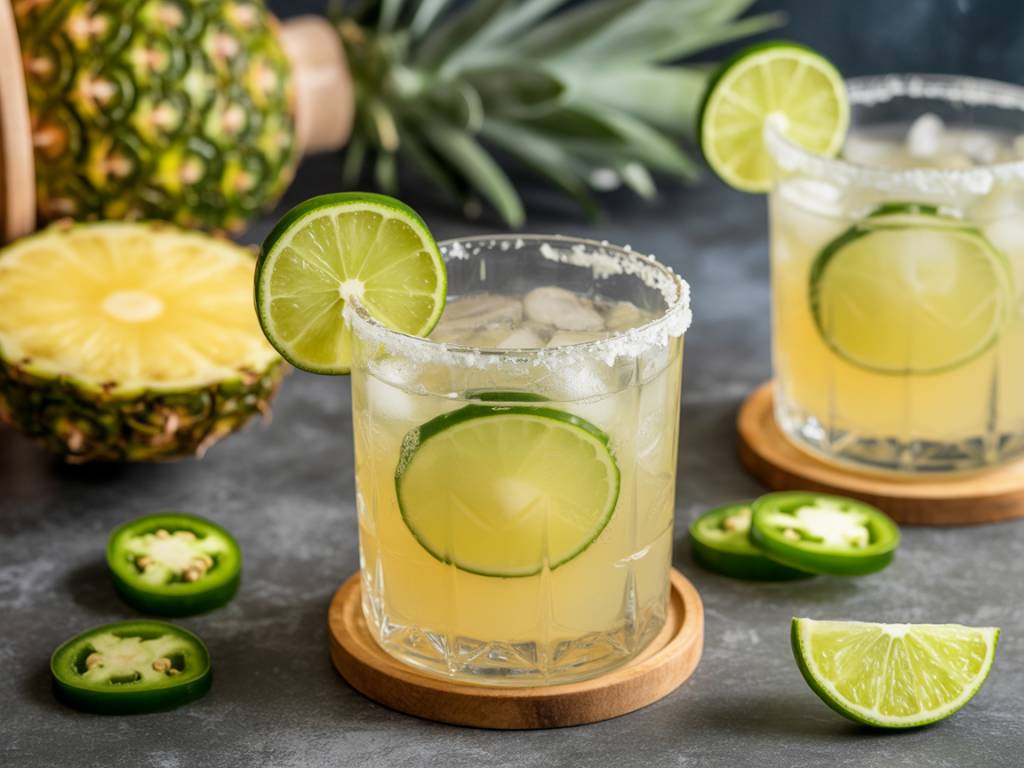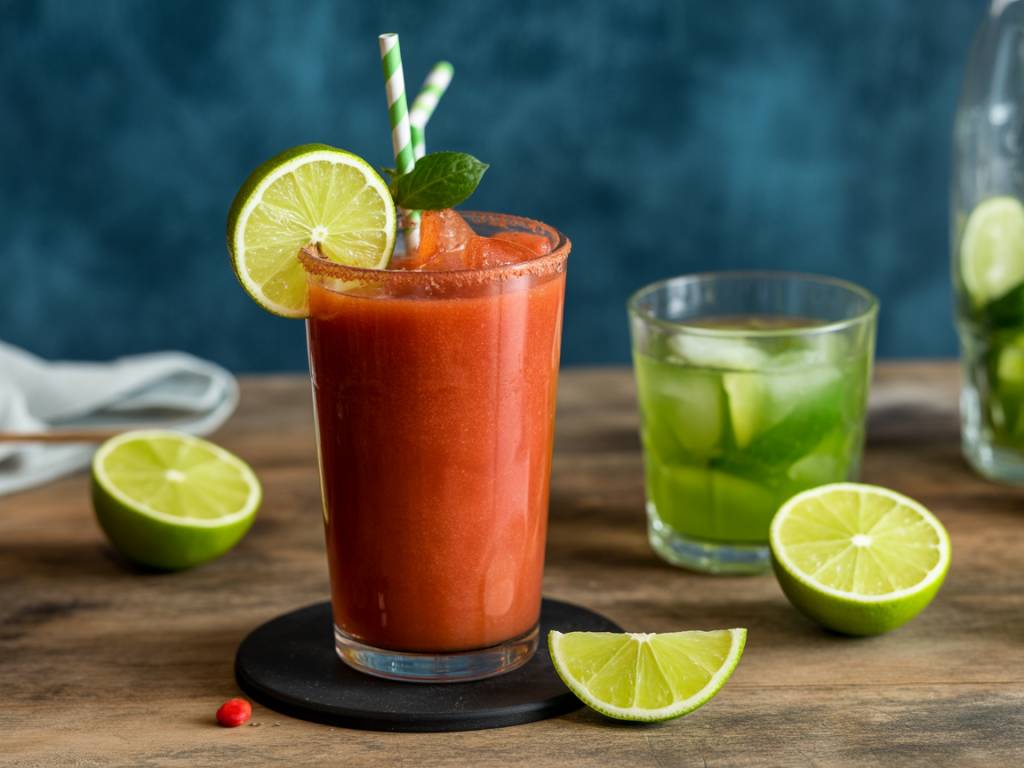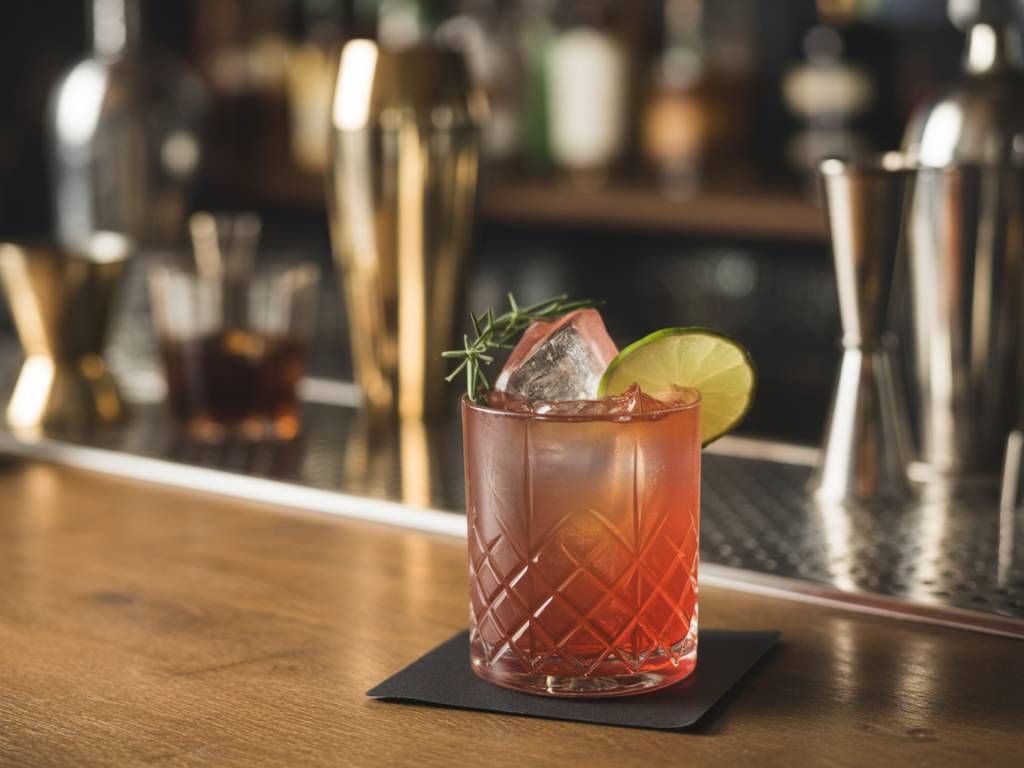If you’ve ever pulled that espresso shot at 10 pm and immediately thought, “Yeah, I still need a cocktail,” then the Espresso Martini is probably already your poison of choice. But what if I told you that the classic version — vodka, fresh espresso, and coffee liqueur — could be elevated with one small, unexpected tweak? Enter vermouth.
Yes, vermouth. That humble staple of the Martini and Manhattan finds a new calling in a caffeinated context. And trust me, the twist it brings is more than just nuance. We’re talking balance, structure, and a little sophistication that might just win over even the most skeptical purist.
Why Mess With a Classic?
Here’s the thing: the original Espresso Martini (thank you, Dick Bradsell) is a banger. It gives you bold coffee flavor, sweetness from the liqueur, and the clean hit of vodka. But it can sometimes feel a little… one-dimensional. Sweet and strong with not much structure. That’s where vermouth — particularly dry or semi-dry — steps in.
Vermouth adds depth. It brings an herbal, slightly bitter edge that cuts through the syrupy liqueur and plays beautifully with the roasted notes of the espresso. It helps the drink feel grown-up. More like a true Martini with a coffee heart than a buzzy dessert.
The Anatomy of an Espresso Martini with Vermouth
Let’s break this version down. Here’s what I suggest after a fair bit of testing, and maybe one too many tastings during a long Tuesday night shift:
- 1 oz vodka
- 0.75 oz dry vermouth (Dolin Dry or Noilly Prat both work great)
- 0.75 oz coffee liqueur (Kahlúa does the job, but Mr Black offers a darker vibe)
- 1 oz fresh espresso (yes, it HAS to be fresh)
Optional: 1/4 oz simple syrup — depending on how sweet your coffee liqueur is or your personal preference.
Step-by-Step, The Jack Way
Everything with ice. Shake until your hands are freezing. Then shake a little more. You want that velvety foam on top — it’s part of the Espresso Martini experience, almost like a crema callback. Double strain into a chilled coupe (or a Martini glass if you’re feeling flashy).
Garnish? The classic three coffee beans still look good here, but I’ve also seen cocoa nib dust or a citrus twist used inventively. Up to you. Personally, I keep the beans.
What Vermouth Really Does in This Drink
Let’s talk about vermouth’s role practically. When you add dry vermouth, it smooths the rough edges that vodka often brings. That’s no disrespect to vodka — it’s a neutral spirit for a reason — but alone in this context, it just doesn’t add much to the flavor party. With vermouth, you get:
- Herbal tension that keeps the coffee from dominating completely
- A slight acidity that mimics brightness in espresso
- A lower ABV overall, which helps with balance if you’re sipping a few
It turns the drink from liquid dessert to cocktail bar sophistication. It’s what separates the happy-hour rush from the after-dinner smooth-down.
Anecdote From Behind the Bar
I started testing this combo during a slow Thursday night a few winters ago. There was a regular — let’s call him Tom — who always asked for his Espresso Martinis “less sweet, more bite.” After a few awkward Bourbons-in-an-Espresso-Martini attempts (don’t try this at home), I reached for vermouth out of sheer curiosity — a dusty bottle of Dolin Dry near the Amari. The result? Tom went silent, took a second sip, and said: “That’s the one.”
From then on, it became our unofficial variation behind the bar. We even had a side bottle labeled “Tom’s Fix.” And when regulars started asking why their Espresso Martinis tasted better here than elsewhere, I knew we had something.
Choosing Your Vermouth: Dry vs. Sweet
You might be tempted to go with sweet vermouth. And while that combo isn’t awful, it tends to pull the drink back into syrupy territory. Stick with dry if you want a clean edge. If you’re feeling exploratory, try a bianco vermouth (like Carpano Bianco) which has a floral sweetness but still plenty of backbone.
It’s all about harmony. Too sweet, and you lose the defining contrast of espresso bitterness. Too bitter, and the drink reads medicinal. Dry vermouth hits that sweet spot.
Serving Tips and Pairing Ideas
This twist works great as a pre-dinner apéritif if you’re bold, but really shines post-dinner — especially after a heavy meal. Pair it with:
- Dark chocolate or mocha truffles
- Cheese plates with aged gouda and walnuts
- Salted caramel tartlets
One bar trick I picked up: freeze your coupe glasses ahead of time. That cold glass preserves the foam and elevates the mouthfeel. Small detail, big impact.
Variations to Explore
If you like where the vermouth twist takes you, keep pushing. Here’s a few riffs that stayed in my rotation:
- Amaro Espresso Martini: Sub half of the vermouth for Averna or Cynar for a deeper, digestif-oriented vibe.
- Mezcal Espresso Martini: Mezcal + Vermouth + coffee liqueur. Smoky, earthy — not for everyone, but memorable if balanced right.
- Rum-Vermouth Hybrid: Split base with aged rum and vodka, keep the dry vermouth. Adds rich molasses notes under the espresso.
Again, the key is balance. You can play endlessly with modifiers and spirits, but keep that ratio in check and always shake hard for the foam.
Final Thoughts From the Shaker
The Espresso Martini with vermouth is for those who love the original but want more from it. It’s not about breaking with tradition — it’s about refining it. The classic isn’t going anywhere, but this variation deserves a spot in your regular lineup, especially if you’re hosting or just want something a bit more deliberate.
Try it. Tweak it. Serve it. And when your guests raise their eyebrows and say “Wait… what is in this?” — just smile and say: “A little twist.”
Cheers,
–Jack





